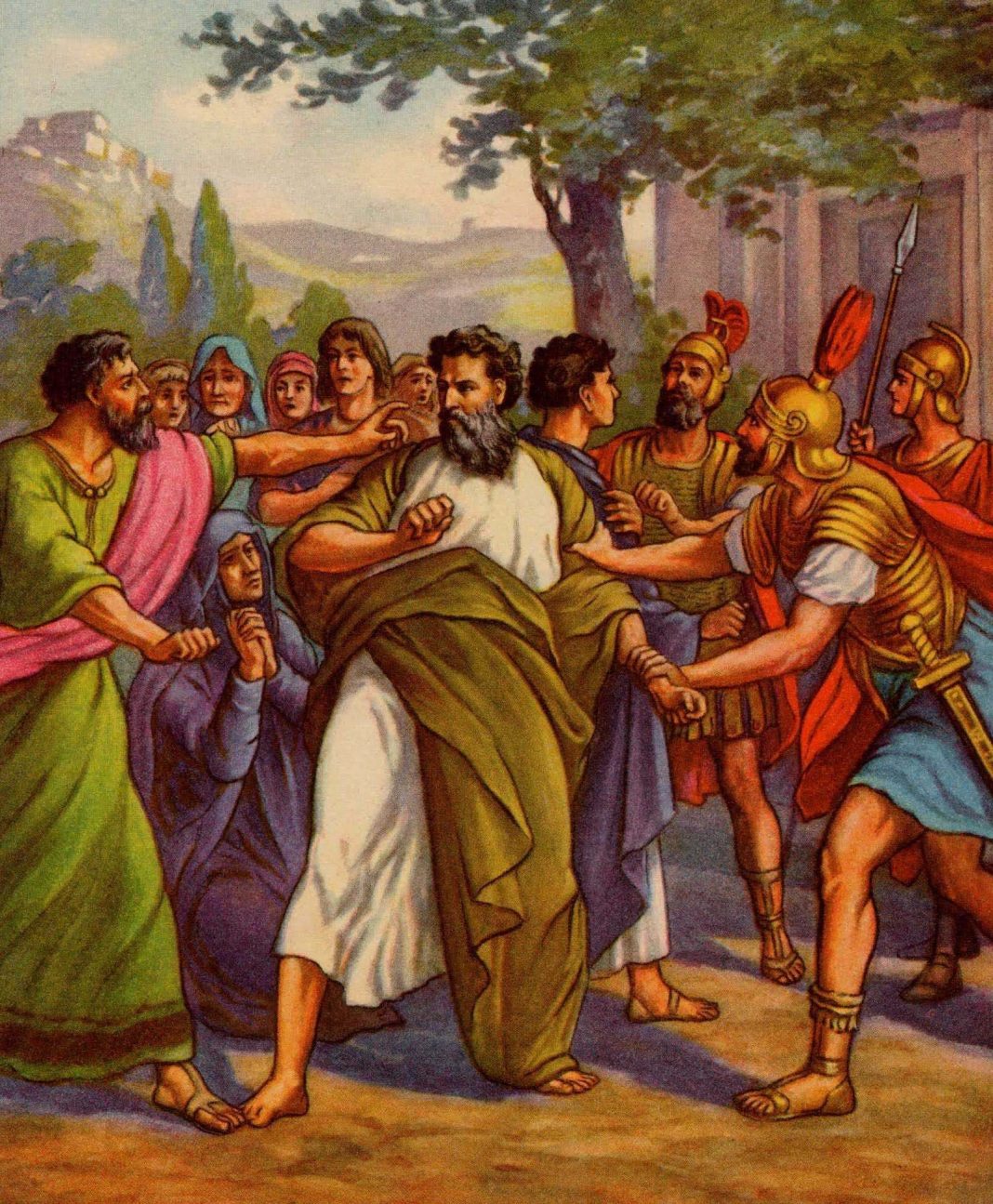Prof Dr Felix K Maier, Professor for Ancient History at University of Zurich, uses the example of Paul the Apostle to illustrate switching between different identities
My history research project analyzes the dynamics of different identities in the Roman Empire from around 50-150 AD. This project seeks to understand the often-paradoxical dynamics of different identities in a multicultural empire and to stimulate a discussion about hidden aspects of social interactions that we still need to understand correctly. Although the Roman era is entirely different to our times, some critical questions relate to today’s world, where social and political distinction mechanisms also lead to open or concealed conflicts.
In my research project, I focus on different voices in the Roman Empire, building on existing studies of how the different people in the Imperium Romanum saw themselves: as Romans, as Gauls, as Syrians, as Graeco-Romans? Or something in-between? Which identity did non-Romans have, and how did this correlate with a supralocal identity of the Roman Empire?
Studying how people in these times defined their identity, we learn a lot about the concept of “identity” and how fluid it is compared with the often- restricted ideas we have about people’s self-definition. I have already shown one example in my most recent article and will present another one here, which is both intriguing and instructive.
The different identities of Paul the Apostle
Paul the Apostle (around 10-60 AD) was quite a character. Once a Pharisee and a rigid enemy of the Christians who took part in fierce persecutions against the adherents of Jesus, he converted to Christianity and became one of the most important leading figures of the Christian faith in the first century. During his missionary trips, he turned out to be a person with different identities, which he used to have the best effect on his audience that he wanted to convince of the Christian creed. In his epistle to the Corinthians, for example, Paul tells his addressees: “For though I am free from all, I have made myself a servant to all, that I might win more of them. To the Jews I became as a Jew, in order to win Jews. To those under the law I became as one under the law (though not being myself under the law) that I might win those under the law. To those outside the law I became as one outside the law (not being outside the law of God but under the law of Christ) that I might win those outside the law. To the weak I became weak, that I might win the weak. I have become all things to all people, that by all means I might save some.” (1) In addition to these different roles, Paul considers himself also as Christian (Epistle to the Galatians).

Different identities in antiquity and today
Such instances illustrate an important aspect: identities in antiquity and today should not be considered according to the standard of a strict “either-or” dichotomy. In antiquity and other times, people could and had several group-specific identities simultaneously. These identities are not rigid or one-dimensional, but fluid constructs which often change in different contexts and can be used to include or exclude others, serving different purposes:
In Paul’s case, the Apostle faced the challenge of embracing non-Jewish people into the group of the “sons of God”. (2) Therefore, he had to find a way to bring these groups together and figure out a plausible composite identity. With a complicated web of kinship and ethnic derivations, Paul ensured that pagan inhabitants of the imperium Romanum, although they symbolized a foreign element for the Jews, could nevertheless be accepted into the family of God.
In addition, Paul’s theology is symptomatic of another aspect of identities: His idea of an overarching identity of being a Christian did not resolve sub-identities. In his epistle to the Galatians, he says concerning the existence of all the baptized as God’s children: “There is neither Jew nor Greek, there is neither slave nor free, there is no male and female, for you are all one in Christ Jesus.” (3) However, this does not mean the dissolution of all identities under one; instead, it can be shown through other passages in Paul that he expects his pagan listeners to accept a new identity as Christians, but at the same time not to discard or deny previous identities.
This concept was very attractive to people interested in becoming a Christian and might partly explain the enormous success the Christian faith had in the centuries that followed. My research project examines how people in the Roman Empire took on different identities in various contexts, switching between several roles or underlining their interplay.
Reference
- Corinthians 9:19-22, English Standard Version.
- Galatians 3:26.
- Galatians 3:28.
Scripture quotations are from the ESV® Bible (The Holy Bible, English Standard Version®), copyright © 2001 by Crossway, a publishing ministry of Good News Publishers. Used by permission. All rights reserved. The ESV text may not be quoted in any publication made available to the public by a Creative Commons license. The ESV may not be translated in whole or in part into any other language.

This work is licensed under Creative Commons Attribution-NonCommercial-NoDerivatives 4.0 International.


